Job Demands Analysis Toolkit
Job Demands Analysis (JDAs) are used to objectively capture and describe the physical, cognitive, and psychosocial demands required to perform a particular job or role.
Job Demands Analysis (JDAs) are used to objectively capture and describe the physical, cognitive, and psychosocial demands required to perform a particular job or role.
Please register for myOHCOW to use our improved Job Assess Tool!
A Job Demands Analysis (JDA) includes both a Physical Demands Description (PDD), as well as an analysis of Cognitive and Psychosocial Demands (CDA).
JDAs can be used by a wide range of individuals within different organizations.
They can be used internally within a workplace, or externally by various individuals or organizations. Examples include:
JDAs take the following considerations into account:
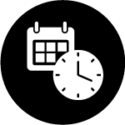
Administrative
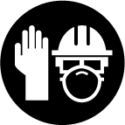
Personal Protective Equipment (PPE)
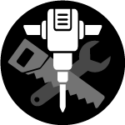
Tools, Equipment, and Materials
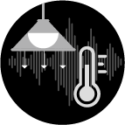
Environmental
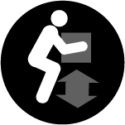
Strength Demands

Body Posture Frequency
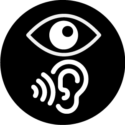
Sensory Demands
Cognitive Demands

Psychosocial Factors
Our Job Demands Analysis tool
is available in two formats:
To access this version you will need to create an account under the new MyOHCOW.
This JDA template was the basis for the web-based version above.
It was developed primarily for offline use and does not require an account.

JDAs are used to objectively capture and describe the physical, cognitive, and psychosocial demands that are required to perform a particular job or role.
A Job Demands Analysis (JDA) includes both a Physical Demands Description (PDD), as well as an analysis of Cognitive and Psychosocial Demands (CDA).
JDAs can be used by a wide range of individuals within different organizations.
They can be used internally within a workplace, or externally by various individuals or organizations.
Some examples include:
JDAs take the following considerations into account:
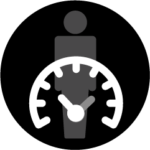
Administrative
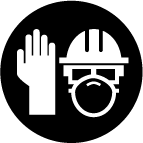
Personal Protective Equipment (PPE)
Tools, Equipment, and Materials
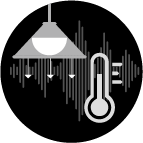
Environmental

Strength Demands

Body Posture Frequency

Sensory Demands

Cognitive Demands

Psychosocial Factors
JDA information can be used in a variety of different ways including (but not limited to):
JDAs can be used to guide further investigation into potential hazards or risk of injury. Workplaces can use the JDA observation and data collection process to flag potential hazardous tasks that require analysis or further investigation. It may result in ergonomic improvements such as process modifications or design changes that prevent future injuries.
JDAs can be used by insurance providers (particularly the WSIB in Ontario) to assist in the determination or work-relatedness or cause of injury in the adjudication of claims. There are limitations to the use of information for this purpose.
JDAs can be used as a reference to provide employers with specific information about jobs to quickly and effectively accommodate workers in jobs that are within prescribed physical restrictions by a healthcare practitioner. This should not be mistaken for simply matching restrictions and JDAs. A JDA does not eliminate the possibility of accommodating a restriction through modifications to the current process.
JDAs can provide treating healthcare practitioners with an accurate understanding of the tasks their patients are required to perform in their occupations. This can help in creating an effective treatment plan that considers the potential impact of work and may help them return to work more quickly, but also safely.
The following resources provide more information on job demands analysis
Have questions/comments about this toolkit?
Contact OHCOW
We appreciate all feedback, both good and bad!